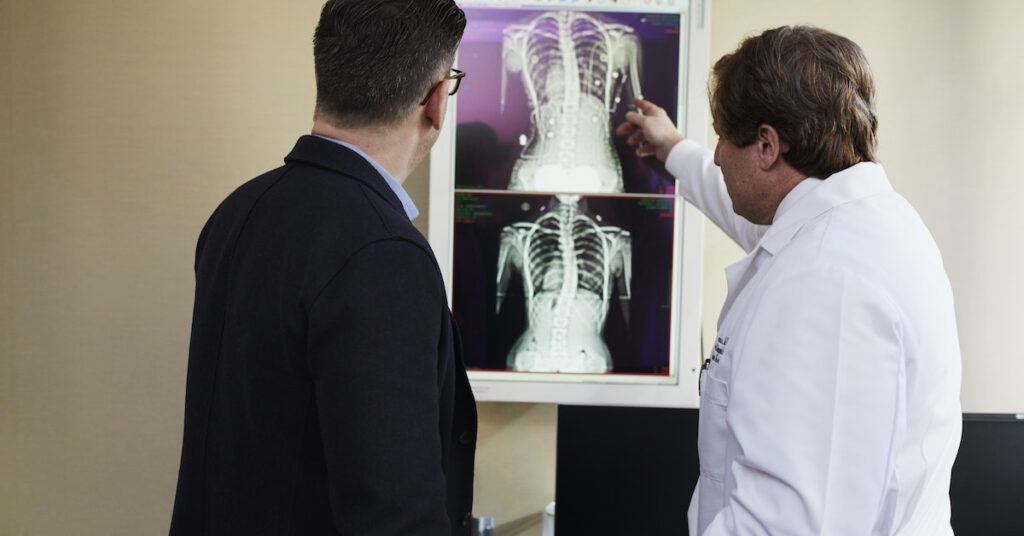
If you’re scheduled for an X-ray at Infocus Diagnostics, you may be curious as to whether you’ll receive a digital or traditional film-based X-ray. Our center uses the latest diagnostic imaging technology, including digital X-rays.
Comparing Digital and Traditional X-rays: Advantages & Differences
The discovery of X-rays in 1865 by Wilhelm Conrad Röntgen revolutionized the medical world. He used X-rays to examine the lungs, skeleton, and other internal organs. X-rays have since been widely utilized for diagnosing various health issues such as broken bones, tooth decay, arthritis, osteoporosis, bone cancer, digestive disorders, lung infections, breast cancer, and heart enlargement.
Historically, X-rays produced images on film. During the process, a radiographer would place the patient between the X-ray machine and the film. When the machine was activated, radiation would pass through the body, with different body structures absorbing the radiation differently. As a result, fat and muscle would appear as gray on the film, while harder structures like bones would appear white.
Why digital X-rays surpass traditional X-rays: 6 compelling reasons
Advantages of Digital X-rays over Traditional X-rays:
Reduced Radiation Exposure
The amount of radiation exposure during an X-ray procedure varies based on the type of X-ray being performed. Some specialized X-rays can result in higher levels of radiation compared to basic X-rays. Radiation is measured in millisievert (mSv). Nevertheless, digital X-rays tend to emit lower levels of radiation compared to traditional X-rays, thereby reducing the amount of radiation exposure for the patient during the procedure.
Instantaneous Outcome
Another benefit of digital X-rays over traditional film-based X-rays is the immediate availability of the results. Digital images can be viewed and analyzed right away, without the need for any film processing or development. This saves time and provides quicker results for your doctor to review.
Superior Image Quality and Precision
With digital X-rays test, you’ll get images that have greater resolution, greater clarity, and more intricate details. The improved image quality makes for more accurate diagnoses and helps in formulating an effective treatment plan. Furthermore, these digital images can be modified using computer software for better analysis. For instance, the images can be readily magnified to study a specific area in greater depth.
Convenient File Sharing
With digital X-rays, the hassle of physically mailing X-ray films from one team to another is eliminated. This not only speeds up the treatment process but also reduces the risk of losing or damaging the films. The sharing of digital files between treatment teams is effortless and occurs almost instantaneously.
Improved Security
Improved security is another advantage of digital X-rays over traditional X-rays. The digital images are stored on a secure external hard drive, providing greater protection against loss, theft, and damage compared to physical X-ray films. This not only enhances security but also reduces the need for on-site storage of physical files.
The Environmentally-Friendly Choice
On the other hand, digital X-rays are an environmentally friendly option, as they do not require the use of chemicals or physical films. There is no waste associated with packaging or shipping, making it a more sustainable choice.
